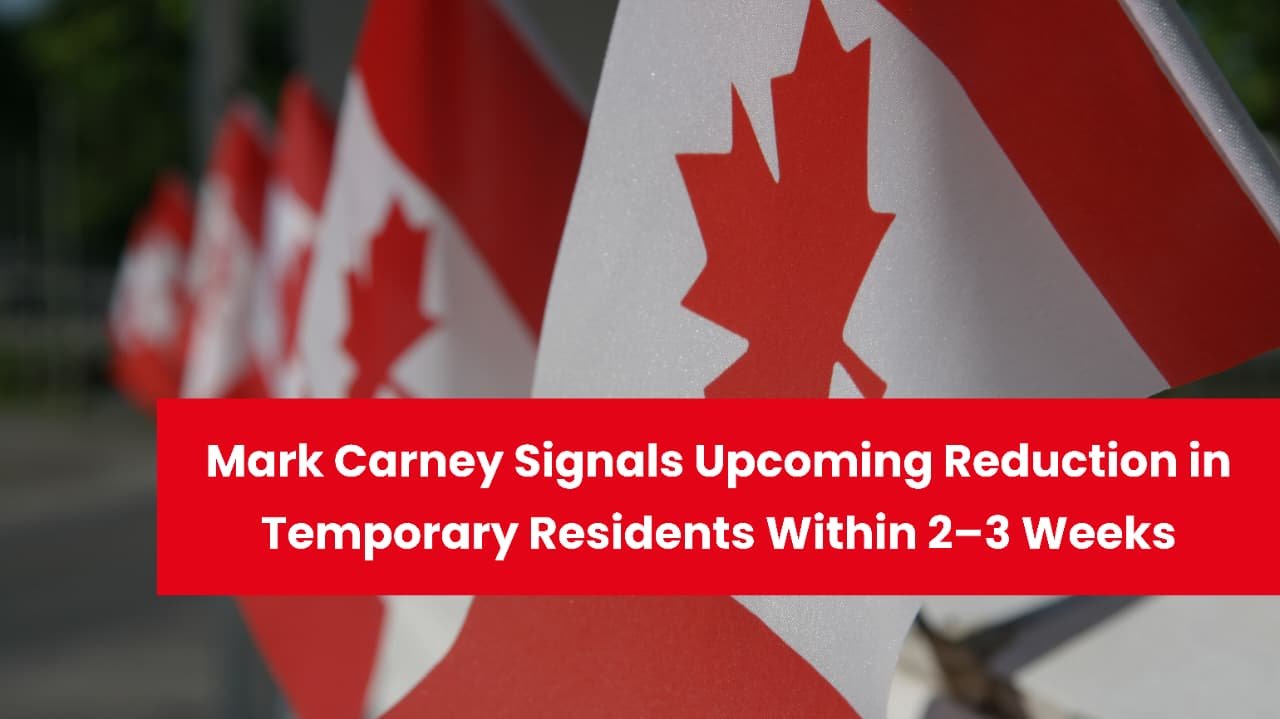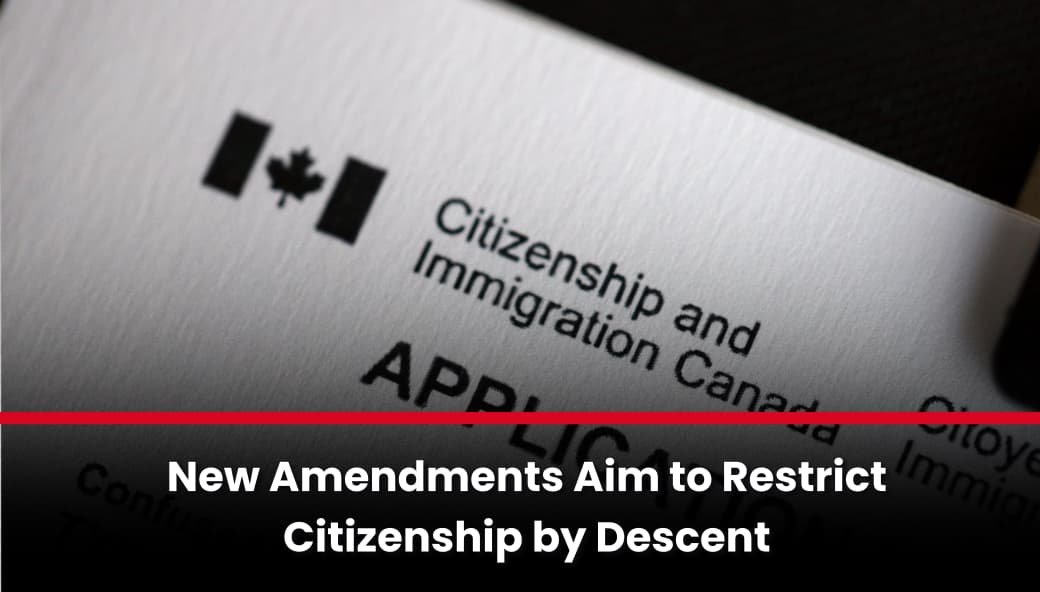Applying for immigration can be a complex and time-consuming process, and even simple mistakes can result in rejected applications or lengthy delays. These errors can lead to frustration, lost time, and additional costs. To help ensure a smooth application process, here are the top 10 common mistakes to avoid when submitting your application for permanent or temporary residence.
10 Common Mistakes in Canadian Immigration Applications
1. Forgetting to Sign the Application Forms
This mistake happens frequently. Applicants often miss signing in places where signatures are mandatory. For instance, the Additional Family Information form may require up to three signatures on a single page. It’s common for applicants to sign the bottom of the form but overlook the other two signature spots, especially if a spouse or children are involved. Missing signatures or incorrectly signing forms can lead to your application being returned weeks or even months after submission.
Another example is a section on certain forms where a signature is needed only if a translator was used. If no translator is involved but you mistakenly sign that section, your application will be rejected and eventually returned.
To avoid delays, carefully review your immigration forms, ensuring you sign in all the correct places—and only where necessary.
2. Incorrect Payment of Fees
Each immigration program has specific payment methods, which vary based on the location you’re paying from and the type of fee. Depending on the circumstances, fees can be paid online, via bank draft, certified cheque, or money order.
For instance, if you attempt to pay the Right of Permanent Residence fee by bank draft to a foreign visa office, it may be returned, causing delays. This fee is typically paid online within Canada.
Some visa offices may allow payment in your local currency, but it’s important to check the official website of the visa office to find the correct amount. Do not rely on the current exchange rate, as it often differs from the official fee conversion.
Ensure you pay the correct amount through the proper method, as incorrect payments can result in delays or even have your application returned.
Pay close attention to both the method of payment and the fee amount to avoid unnecessary complications.
3. Submitting Only IRCC Checklist Documents
Why limit your submission to only the documents specified in the IRCC immigration application checklists? In some cases, the documentation listed may not be sufficient for your application to be approved, which can lead to a rejection.
For instance, if you are part of a common-law relationship, it’s beneficial to include affidavits from friends and family members that affirm the nature of your relationship, emphasizing that it is exclusive, committed, and similar to marriage. Letters of support can also be valuable in certain situations. For example, if an overseas couple is applying for sponsorship to move to Canada, a letter or affidavit from a Canadian family member offering them accommodation while they settle can help streamline the application process.
The additional evidence required for your immigration application will vary based on the specifics of each case, but items such as phone records, bank statements, lease agreements, correspondence, text messages, and social media messages can significantly aid in advancing your application and achieving a favorable outcome.
4. Correctly Sized Images
Application guidelines specify that photographs must meet specific size requirements outlined by the IRCC for your particular immigration application type. Photos need to conform to these dimensions to fit correctly on essential forms, such as medical forms for permanent residency applications and other visa documents.
If you do not submit photographs of the correct size, your immigration application may be returned to you.
5. Country-Specific Supplemental Forms
Residents or citizens of specific countries may need to submit additional forms or information that are not clearly stated on the primary immigration application forms.
For instance, individuals residing in Abu Dhabi, United Arab Emirates, must complete a Residency Questionnaire, while those in Islamabad, Pakistan, are required to fill out an Education and Work Experience Questionnaire.
It’s essential to include any necessary supplemental information forms with your immigration application to avoid having your application returned or facing significant delays in the decision-making process.
6. Submitting Incorrect Information or Failing to Clarify Missing Details
Submitting inaccurate information on an application is a serious violation under Canadian immigration law. The IRCC relies on the information provided by applicants to make informed decisions, and it expects this information to be honest and accurate.
Providing misleading information can lead to a rejected application and may even result in a ban from entering Canada for two years or longer.
Compounding the issue is the fact that even unintentional mistakes can be viewed as misrepresentation, which can jeopardize your immigration application right away.
If your application is missing any requested information, it is crucial to explain why this information is absent and when it will be provided. Failing to do so may result in your application being returned to you.
7. Not Providing a Cover Letter
While not critical to the success of an immigration application, omitting a cover letter can lead to processing delays.
A cover letter clarifies the identity of the applicant and outlines the primary reasons for their eligibility for immigration, making it easier for the visa officer to review the application—ultimately leading to faster processing in my experience.
I always include a comprehensive cover letter with immigration applications, detailing the applicant’s entitlement to immigrate to Canada under current laws and policies.
8. Illegible Writing on Immigration Application Documents
All application forms can be filled out online or on a computer using Adobe Reader, which is a free program. While some individuals may prefer to complete forms by hand, this is not recommended.
Handwritten forms can be difficult for visa officers to read, leading to applications being returned if there is any uncertainty about the information provided. Additionally, handwritten forms cannot be easily verified. In contrast, forms filled out using Adobe Reader generate barcodes that can be quickly processed by IRCC’s systems, while handwritten applications require manual data entry, which can slow down the overall processing time.
Another advantage of completing immigration application forms on a computer is the ability to save them to your hard drive. This allows you to print the forms when needed or make updates as required by a visa officer. Updating saved forms is much more straightforward compared to altering handwritten submissions.
9. Awaiting Criminal Record Checks Before Submitting the Application
Many immigration applicants tend to hold off on submitting their applications until they receive their criminal record checks, but this approach is generally not advisable.
Unless you are applying for a Temporary Resident Permit or seeking Criminal Rehabilitation, a criminal record check is not necessary for processing your application. These checks are related to admissibility rather than entry qualifications. You can submit your application right away and provide the criminal record check when it becomes available, which may take weeks or even months.
What are the risks of waiting for the criminal record check before applying?
Those familiar with the Canadian immigration system have likely observed the numerous changes that can occur in a short timeframe. Delaying your application could mean that by the time you submit it, new regulations may be in place that could affect your eligibility. For instance, in the Federal Skilled Worker category, certain occupations may qualify one year and then be deemed ineligible the next.
10. Submitting the Application by Mail
If IRCC requests that you send your application to the correct office for processing, it is advisable to use registered mail or, preferably, a courier service. This ensures that you can track your application and have confirmation of its delivery.
Regular mail can sometimes go missing, leading to weeks or even months of uncertainty regarding the status of your application. You may eventually find out that it never reached its intended destination.
Errors in your Canada immigration application can lead to wasted time and money, and may even result in the denial of your application. While success is never guaranteed, steering clear of these ten common immigration application mistakes can improve your chances of a favorable outcome.





